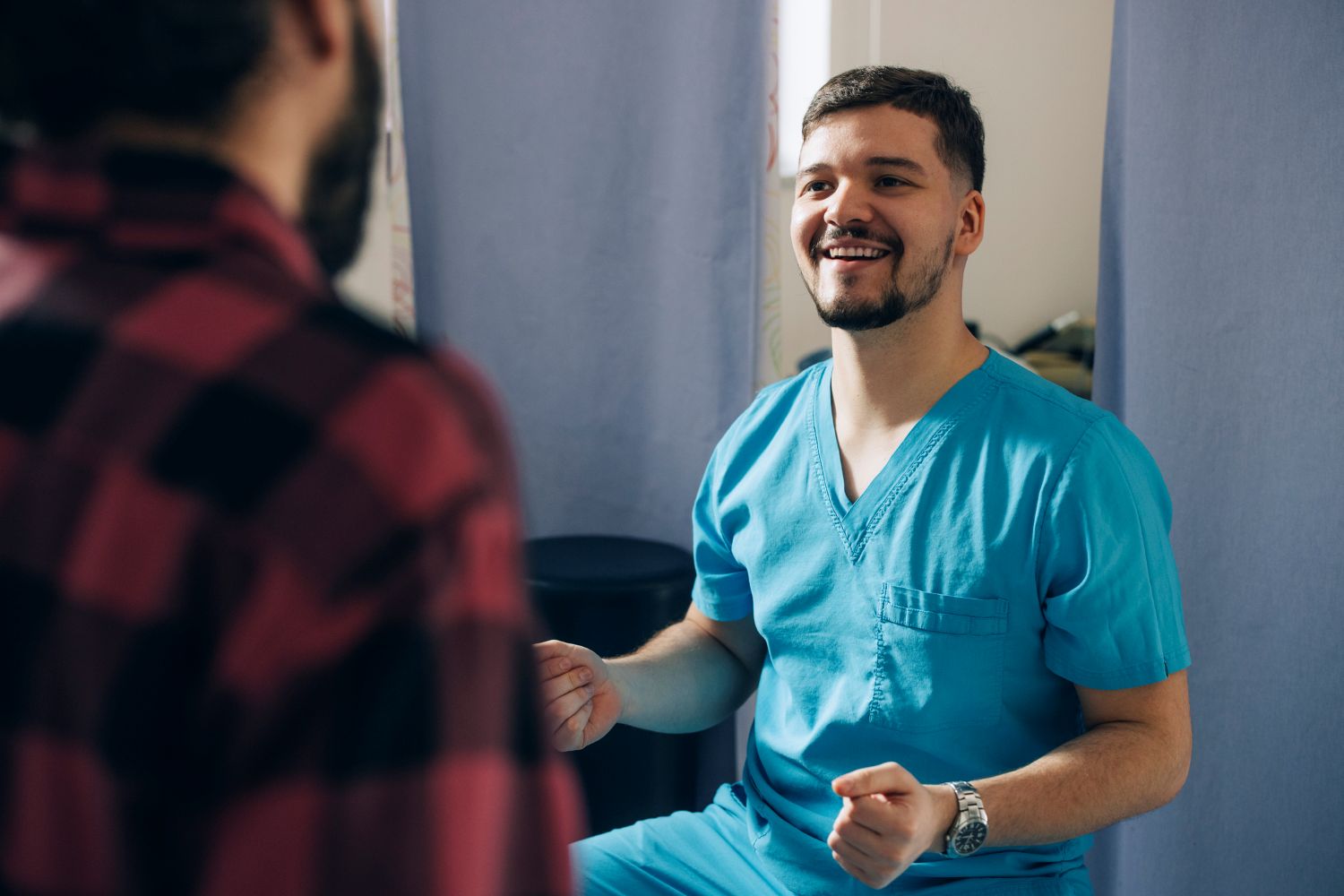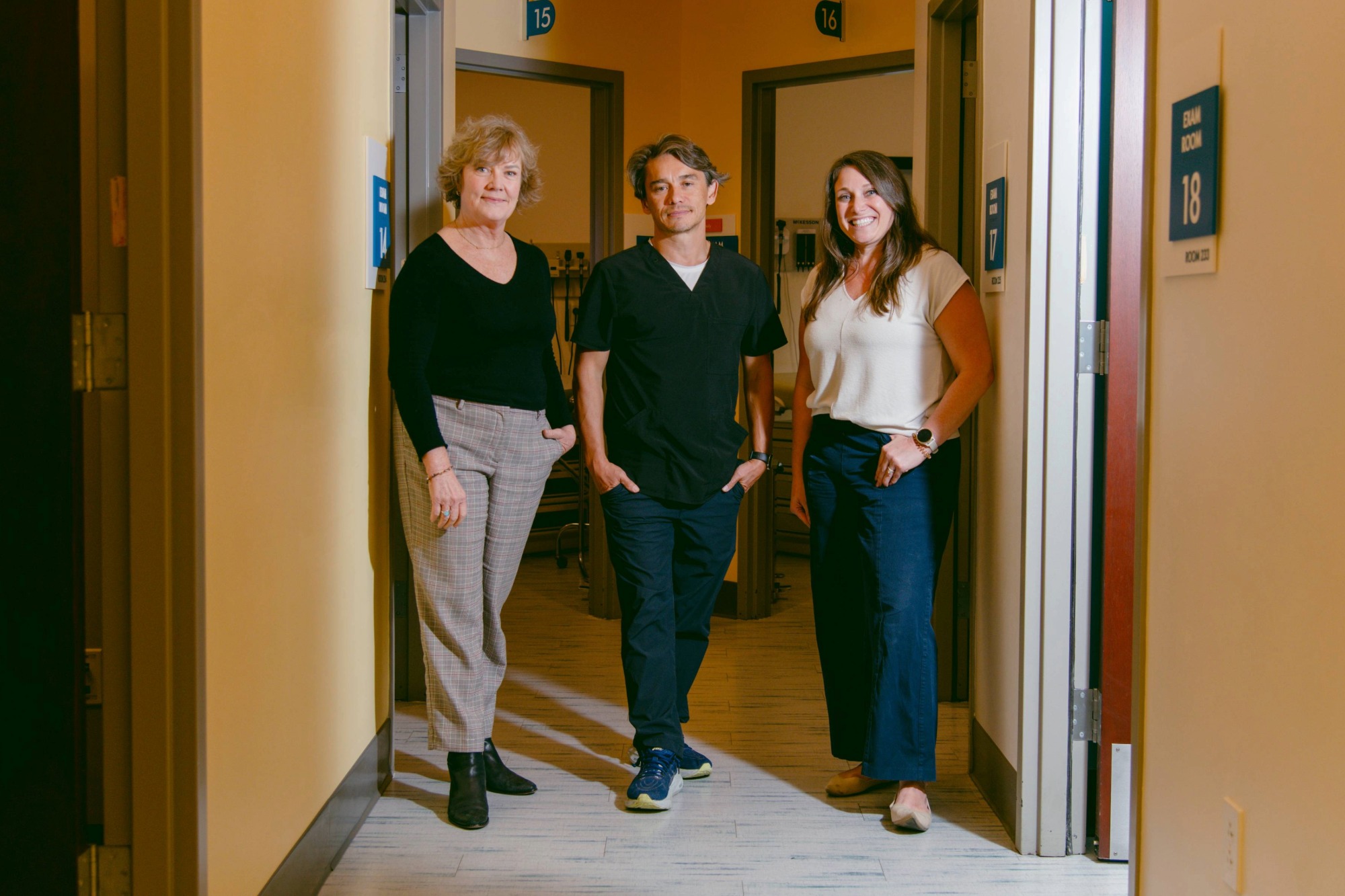View the Report
Jump to All Downloads & LinksA key strategy in the fight against the opioid epidemic is medication-assisted treatment (MAT), the use of medications with behavioral treatments to treat addiction. But most Californians live in places without enough access to this therapy.
To help local leaders plan to meet growing demand, the Urban Institute created snapshots for each California county showing the prevalence of opioid use disorder and available treatment resources. (Los Angeles County was divided into service planning areas due to its size.) Assuming 20% of people with opioid use disorder seek treatment at any one time, the researchers estimated the “treatment gap” and suggested strategies to meet the demand for treatment.
Treatment capacity is estimated using availability of opioid treatment programs (methadone clinics) and buprenorphine prescribers, since public data sources exist for both medications.
Strategies to increase MAT treatment capacity include:
- Increasing prescribers
- Adding new buprenorphine-waivered prescribers
- Working with existing prescribers to increase the number of patients treated
- Increasing resources
- Working with health plans for prescriber outreach
- Adding MAT in health centers, jails, emergency departments, hospitals, maternity practices, and existing addiction treatment programs
- Marketing MAT telehealth to the public
- Working with opioid treatment programs to expand access to MAT through the hub-and-spoke system
- Work with county alcohol and drug departments to coordinate counseling and other services
- Adding MAT as part of the Drug Medi-Cal Organized Delivery System
Readers can select their own county and download for review on the Urban Institute’s website.
Watch our webinar on this topic to learn more. All slides are included for download under Related Materials.
Authors & Contributors
Lisa Clemans-Cope
Principal Research Associate, Urban Institute
Marni Epstein
Research Assistant, Urban Institute
Douglas Wissoker
Senior Fellow, Urban Institute





